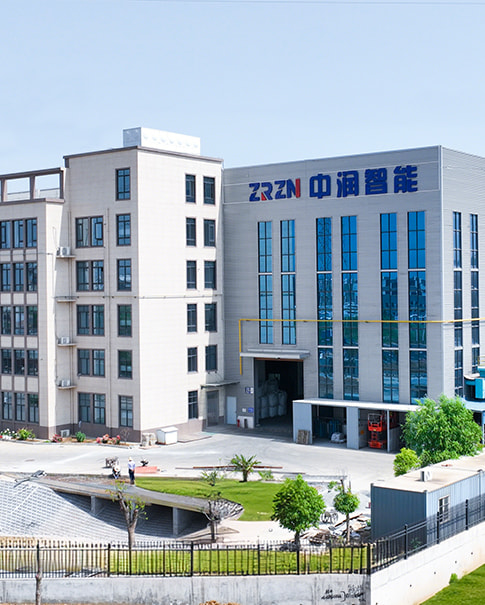What Are You Looking For?
What Are You Looking For?

The Hidden Culprit: How Aggregate Particles Destroy Liners
Ever notice crescent-shaped grooves on concrete mixer wear plates? Each scratch tells a story of microscopic warfare. When granite particles (Mohs 7 hardness) strike liner surfaces at 15-25m/s (per ASTM G65), they act like nano-scale chisels. Standard liners fail because their iron carbides (Fe₃C) fracture easily – imagine glass shattering under pressure. High chromium alloy solutions like Zhongrun’s KmTBCr26 form chromium carbides (Cr₇C₃) with 1,800 HV hardness – nearly diamond-level resilience. Lab tests show these block 87% deeper penetration versus 15% Cr alloys.
Why does production method matter more than material? Sand-cast liners contain hidden voids. These microscopic pits become stress concentrators, accelerating crack propagation. Our lost foam casting technology solves this by vaporizing EPS patterns in sealed molds:
Creates monolithic cavities with 99.2% density uniformity (X-ray verified)
Eliminates parting lines that trap abrasive material
Enables ±0.05mm dimensional accuracy via robotic finishing
Is hardness the whole story? Not quite. Lasting abrasion resistance requires three pillars:
Carbide Network Optimization
Our medium-frequency furnaces precisely control cooling rates to grow interconnected Cr₇C₃ networks (not isolated crystals)
Impact Toughness Engineering
4-stage heat treatment achieves 58 HRC hardness WITH 18J/cm² Charpy impact – rare combo that resists chipping
Geometric Perfection
ISO 9001-certified precision casting ensures flush bolt seating – vibration-induced loosening causes 40% of early failures
How to maximize your investment? Combine superior liners with smart practices:
Rotation Scheduling
Shift liners every 6 months (see our free Wear Pattern Calculator)
Aggregate Pre-screening
Remove >25mm sharp stones – they triple wear rates (per Cement Industry Technical Review)